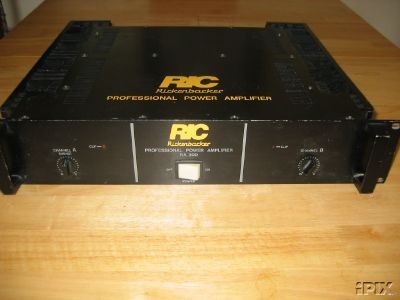The And The Yen An Interesting Partnership
Post on: 16 Март, 2015 No Comment

Many find trading the Japanese yen against the U.S. dollar, USD/JPY. a complicated proposition. This should not be the case when the Japanese yen is understood in terms of U.S. treasury bonds. notes and bills. The main driver of this pair is not only treasuries, but interest rates in both Japan and the U.S. This means that the pair is a measure of risk that determines when to buy or sell the USD/JPY, in terms of interest rates. Knowing where interest rates are heading will determine the direction of this pair. (For a background, see The Credit Crisis And The Carry Trade .)
The USD/JPY Relationship
Carry Trades
Carry trades have been a major funding source for many years. Traditional logic means, sell the USD/JPY for U.S. dollars and use those dollars to obtain higher yielding instruments such as treasury bonds. This strategy has been a win for a Japanese society dependent on exports for its economic health and safe haven status for its currency. It’s the tradeoff between interest income and capital gains or Treasuries versus yields. (For more, check out our Investopedia Special Feature: Forex .)
As an example: a trader sells the USD/JPY at a 0.5 current interest rate in Japan and buys Treasury bonds, earning 3% interest with a 5% yield. This is a positive carry trade and very popular to earn higher interest with a riskless trade.
U.S. stock markets, treasury bonds and the USD/JPY also have inverse relationships. When stock markets rise, bond prices fall, yields rise and the USD/JPY should be sold because investors are more willing to trade risky assets. Stocks are viewed as risky assets and not backed by a government with the ability to turn if fear grips the market. Liquidity here takes on risk rather than the safe status of treasuries.
Winning Strategies
These relationships are traditionally correlated, but do not always remain on a constant basis. The best measure is to watch the two-year Treasury bond and the stock market for shorter term traders and 10- and 30-year bonds for longer swing traders. If stocks and bonds change their inverse correlations, the USD/JPY will not trade based on the traditional correlations. Normally, these changes in bond/stock correlations are short term, yet short-term traders can find huge losses if not careful of these developments. If correlations change while in a trade, bail out and wait for the market to correct itself. Another hint may be to look at the S&P indexes for possible early warnings of change. (Learn more in Make Your Currency Cross Your Boss .)
Changes in correlations may occur for many reasons. For example, the U.S. issues more debt by sales of treasury bonds and adds money to the system yet bond prices may dilute. Is this USD/JPY positive or negative? Probably JPY negative, but the market may have to decide. What if the U.S. buys back treasury bonds and adds money to the system? Is this USD/JPY positive? In good economic times the answers are easy, recessionary times are quite different. What if the U.S. dollar and the yen are both in a downtrend? Excess liquidity strengthens currency prices. Many other examples exist that change bond/stock correlations.
Because the USD/JPY pair trades in Asia, the same bond, stock and dollar correlations hold as they do in the U.S. Japanese government bonds are known as JGBs. When JGB bond prices are down in Asia trading, the USD/JPY is down, a short. This means bond yields and the Japanese stock market are up.
Parting Thoughts
We evaluate the supply and demand of dollars and yen as a measure of prices for this pair by the amount of liquidity in or out of their respective nations’ markets, through government bonds. The positive carry trade is viewed by the market as a negative for Japan’s economy because it deflates its currency. This is a USD/JPY short. Yet if Japan repatriated its yen home, this would be USD/JPY positive — a buy, because it weakens its currency and strengthen its economy.
Nations with trade surpluses that gained foreign reserves are a buy for USD/JPY, because the market traditionally views this as a greater buying power to seek higher interest. Deficit nations are a sell. The traditional correlative points are: bonds up; USD/JPY up; USD down; yields down and stock markets up.
Now that we’ve gone through how the yen and treasury bonds relate to each other, and how the markets affect that relationship, hopefully it’s not as difficult to understand the correlation between the USD/JPY pairing. (To learn more, see Profiting From Carry Trade Candidates .)














